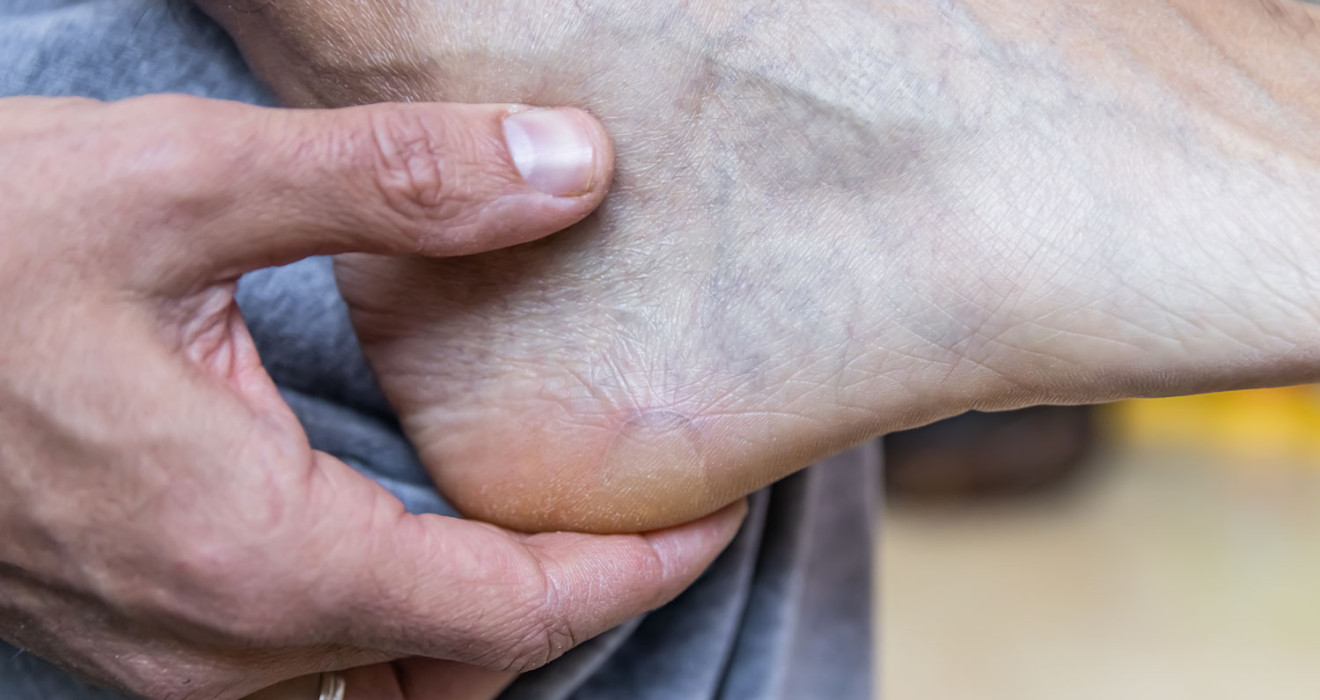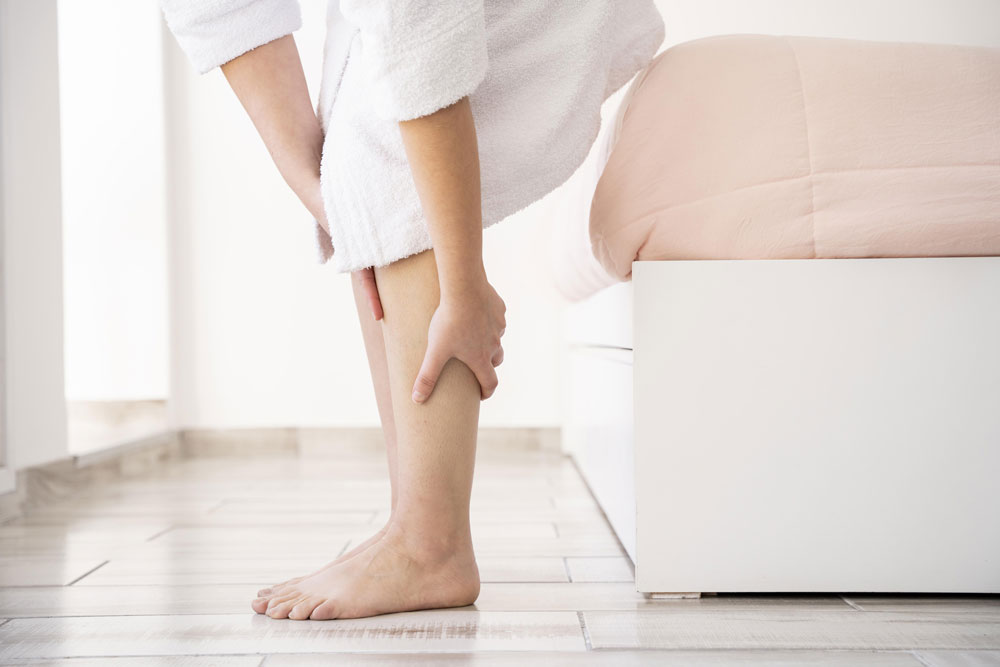
Peripheral Arterial Disease
Peripheral arterial disease is reduced blood flow due to narrowing or blockage of arteries in the legs. This can cause symptoms such as pain, numbness, fatigue, and even sores in the legs. It can also lead to severe complications if left untreated.
What is Peripheral Arterial Disease?
It is a disease that occurs with symptoms such as pain in the legs, difficulty walking, and swelling as a result of decreased or stopped blood flow in the vessels.
What are the Peripheral Arterial Disease Symptoms?
Peripheral artery disease symptoms are as follows:
- Pain in the legs
- Difficulty and pain in walking (It increases, especially when going uphill or fast walking.)
- Swelling in the legs
- Numbness or tingling in the legs
- Feeling cold and change in feet appearance, especially colorwise
What Causes Peripheral Artery Disease?
It is usually caused by plaque accumulation in the arteries. The plaques narrow the arteries and block blood flow.
Causes of plaque buildup include high cholesterol, high blood pressure, diabetes, and smoking.
How is Peripheral Arterial Disease Diagnosed?
It uses various methods such as physical examination, Doppler ultrasonography, angiography, or radiographic imaging methods for its diagnosis.
What are Peripheral Arterial Disease Treatment Methods?
The severity of the condition determines peripheral arterial disease treatment, the obstruction's location, and the person's general health status. Some treatment options are as follows:
- Medication: Some medications dilate blood vessels and increase blood flow. These drugs can reduce the symptoms of it.
- Angioplasty (balloon therapy): A bubble catheter is inserted into the narrowed vessel to unclog it during this procedure. The balloon helps dilate the vein and increases blood flow.
- Bypass surgery: During this procedure, a healthy vessel beyond the occlusion zone is stripped from around the occlusion zone and bypasses the occlusion zone. This helps restore blood flow.
- Thrombolytic therapy: This treatment uses medication to dissolve the clot. Thrombolytic therapy can help destroy clots that cause blockage.
- Exercise: Exercise can help strengthen leg muscles and increase blood flow. This may support the reduction of symptoms due to it.
What To Do After Angiography in Peripheral Arterial Disease?
After angiography, doctors usually recommend that patients keep their feet elevated and rest for a certain period. Some patients may experience mild swelling and pain in the leg after angiography. However, these symptoms usually pass in a short time.
Daily Life Recommendations for Peripheral Arterial Disease Patients
Peripheral arterial patients can protect their health by making lifestyle changes such as exercising regularly, eating healthy, not smoking, and keeping their blood pressure under control. In addition, applying the treatment methods the doctor recommends periodically is recommended.
Frequently Asked Questions
-
When the leg vein is occluded, the tissues in that area cannot receive enough oxygen and nutrients. This can cause tissue damage. Symptoms such as leg pain, cramps, difficulty walking, non-healing of wounds, swelling, and discoloration of the legs may occur. In addition, serious problems such as infection, gangrene, and even leg amputation may occur in advanced cases.
-
It can occur at any age. However, it is more common in people over the age of 50.
-
If there are risk factors such as smoking, high blood pressure, high cholesterol, obesity, diabetes, familial predisposition, and a sedentary lifestyle, congestion may occur at earlier ages.
-
Cardiovascular surgeons are experts with leg veins. In addition, cardiologists can provide services in this issue.
-
It does not directly affect the heart but may share similar risk factors with heart disease. In addition, people with occluded leg veins may increase the risk of heart attack and stroke.
-
It is not cured by medication. However, medications can help relieve symptoms and slow the progression of the disease.
-
Peripheral arterial disease exercises can help increase blood flow in the legs. Walking, cycling, swimming, and aerobic exercises can be used for this purpose. However, the exercise program should be determined according to individual needs and physical conditions.


